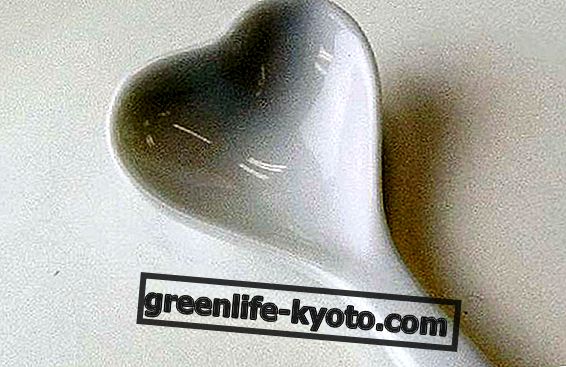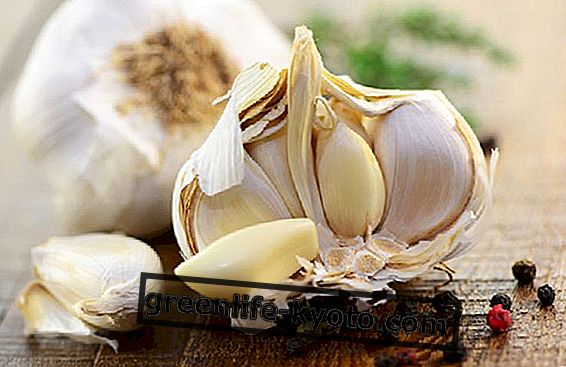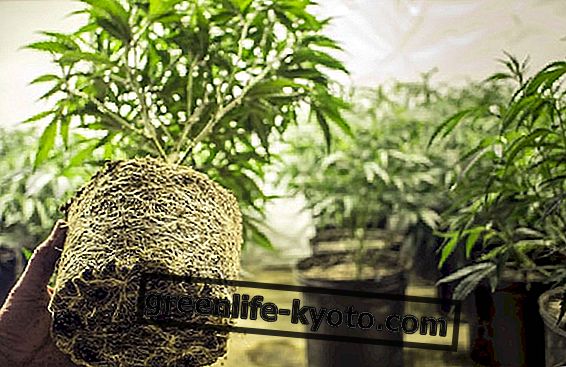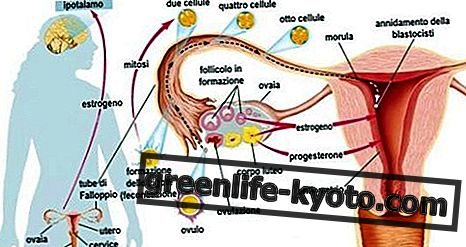
Beetroot is very rich in water and contains a good amount of mineral salts, especially potassium; it also provides dietary fiber, vitamins, species of the B group, proteins and sugars.
It has refreshing and remineralizing qualities and a mild anti-inflammatory power for the benefit of the digestive system. It is a concentrate of health and promotes the formation of red blood cells.
Beetroot is rich in anthocyanins, antioxidant substances that are above all friendly to the heart and blood microcirculation.
Often it is already cooked, vacuum packed, at the supermarket; of course, however, it is advisable to buy it fresh, which, in addition to being richer in nutrients, is even tastier. His season begins now, but we will find it throughout the spring.
How to choose red beet
Not everyone knows that the beetroot leaves are also excellent, but they must be very fresh . It is therefore advisable to purchase products that are not deprived of the leaves, paying attention to their appearance; they must appear firm and green and not floppy and withered.
The leaves must be cooked immediately, possibly on the day of purchase, while the beets can be stored in a cool, dry environment for a few days.
How to cook red beetroot
Red beetroot can be boiled with or without peel. After boiling it, it can be cut into slices and simply seasoned with garlic, parsley, salt and extra virgin olive oil. It is excellent paired with boiled potatoes.
It can also be eaten raw, for example in the form of centrifuged. This way you will get the maximum benefit and all its nutritional qualities will be safeguarded.
Also read Beetroot for gastritis >>
How to cook beetroot leaves: the recipes
Beetroot leaves can be treated more or less like spinach. They are excellent especially lightly cooked or sautéed.
Read beet leaves
After having washed them thoroughly under running water, cook them for about a quarter of an hour in a little salted water. Drain well and season with extra virgin olive oil and a clove of garlic.
Sauteed beetroot leaves
Wash the beet leaves thoroughly under running water and let them dry. Then sauté in a pan with a couple of tablespoons of extra virgin olive oil and a clove of garlic.
After a couple of minutes remove the garlic, cover and simmer for about a quarter of an hour; if necessary add a little water. When cooked, add salt.
To make a spicy version, add a sprinkling of dried chilli or a few pieces of fresh chilli .
For a sweet version, add a handful of previously sautéed pine nuts and a handful of raisins soaked in a glass of water to which you have added a teaspoon of Benevento liqueur.
Boiled or sautéed beetroot leaves lend themselves to become an excellent filling for pies and focaccias .













